Off the Grid: Ready to Pull the Plug on City Power?
“Most men appear never to have considered what a house is, and are actually though needlessly poor all their lives because they think that they must have such a one as their neighbors have. … Shall we always study to obtain more, and not sometimes be content with less?” ― Henry David Thoreau
Living with less, as Thoreau described in Walden, is something many of us seek. We need a reprieve from our gadget-filled lives, so we travel deep into the wilderness, where utility services are sparse and renewable resources are necessary. But what if we want to extend our limited-technology sojourns into a full-blown lifestyle?
Approximately 200,000 Americans have taken the plunge into true off-grid living. They’ve said goodbye to municipal services and embraced the challenges that come with independence from utility connections.
Whether you want to cut your home off the grid completely or simply take a few strides toward living in a more sustainable and energy-efficient manner, we’re here to help. In the next few months, with the guidance of off-grid dwellers and energy-efficiency experts, we’ll tackle the topics inherent in off-grid living, including siting a home, the building envelope, generating energy from renewable sources, water collection and waste disposal.
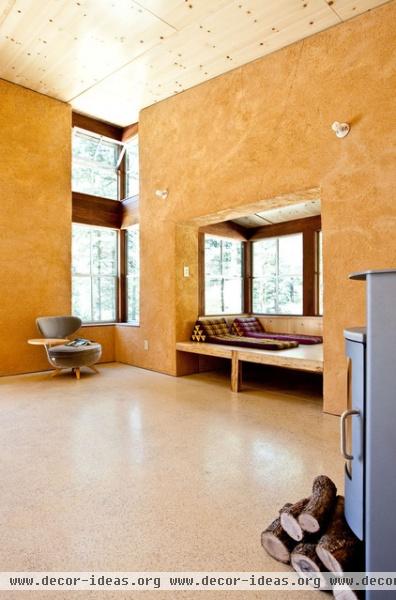
Before we dive deeply into each topic, though, let’s do an overview of the five components you’ll need to make off-grid living feasible.
1. A Conservation Mind-set
The advantages of an unlimited supply of electricity and water are numerous. Charging our many gadgets, changing the temperature of a room with the push of a button and taking long, hot showers are luxuries that many of us have come to expect. We pay our monthly bills (sometimes with an audible grumble) and never give a second thought about where our resources originate or if they will run out.
When you consider off-grid living, what’s the first thing you need? The right mind-set.
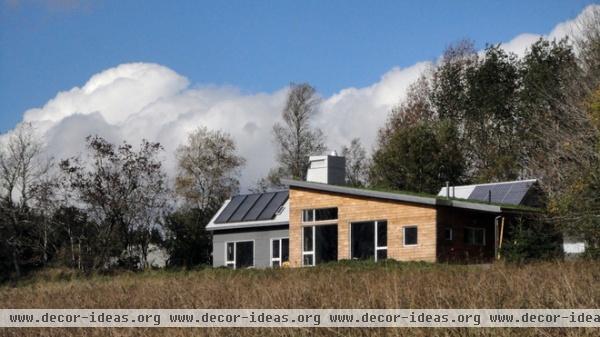
Jennifer Corson, an architect at Solterre Design and part-time resident of an off-grid home in Nova Scotia, says there is a learning curve for someone considering an off-grid lifestyle. It’s about knowing how to conserve energy.
She says that in her own solar home, “We are often low on power with a gray forecast, and know to cut back on electronics and appliances.” To supplement electricity at those times, her house has a back-up generator. This way even when renewable-energy sources are low, she won’t be caught in the dark. “We are never without heat, light and food!” she exclaims.
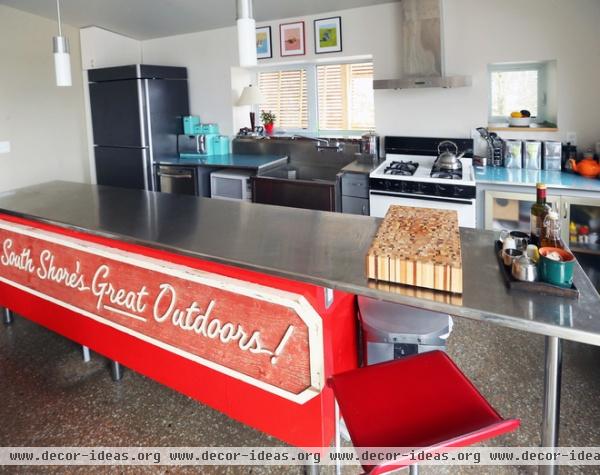
Corson shares a few energy conservation tips she learned from her off-grid, solar-powered home:
Use one appliance at a time. At breakfast this means things move a little slower if you need the coffeemaker, toaster and blender.Don’t leave chargers plugged in after you use them.Use switchable power bars for multiple outlets, so you eliminate phantom loads — the standby power that appliances use even when they’re turned off.Use large appliances like the dishwasher and washing machine in the daylight hours. This way the photovoltaic panels can top up the batteries after the appliances have run.Shower in the afternoon, when hot water is most abundant from the day’s solar gain.Cook with propane if you are accustomed to an electric range.Use a woodstove as part of your heating system. Light the fire as a first option instead of turning up the thermostat.Open and close windows often, allowing nighttime cooling and passive ventilation.
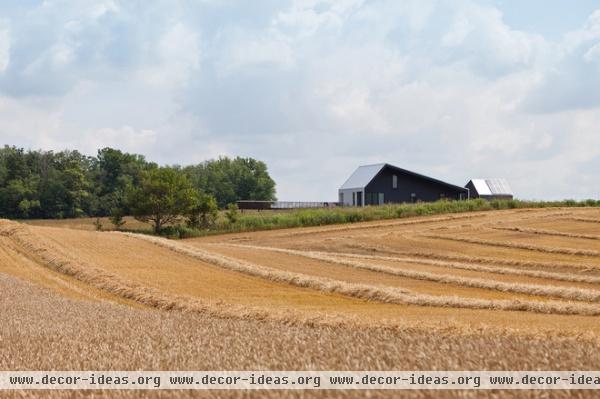
2. A Site-Specific Design and a Tight Building Envelope
Whether the goal is to go completely off the grid or simply strive to be highly energy efficient, the home’s architecture is key. The right building orientation and passive solar design (such as southern exposure and properly placed windows and skylights) can provide free light and heat.
Studio Moffitt designed this Ontario home to utilize passive heating and cooling. A deep overhang on the south facade helps mitigate heat gain in the summer, while allowing the winter sun to heat the floor’s concrete thermal mass.
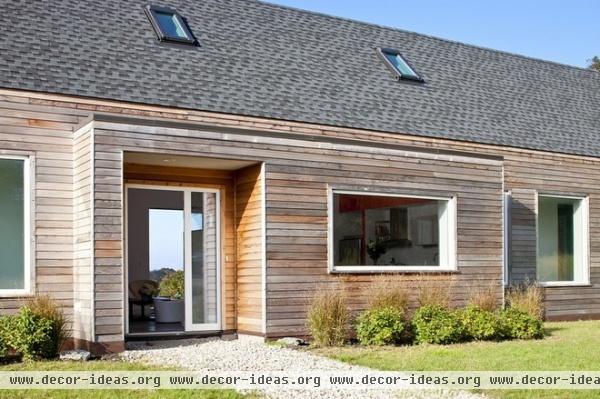
A supertight building envelope can help manage energy loss, especially when the temperature difference between the interior and the exterior varies greatly. Stephanie Horowitz, architect and managing director at ZeroEnergy Design, has worked on projects ranging from net-zero coastal retreats to homes that are certified passive houses, like the one shown here.
Energy efficiency starts at the beginning of every project. “We start by going back to the basics of design — solar orientation and siting of the home,” Horowitz says. “Imagine a pyramid where design is at the base, building envelope is the next layer, followed by systems and renewable-energy sources at the top. The full potential of the building system will never be realized if the design base is not in place.”
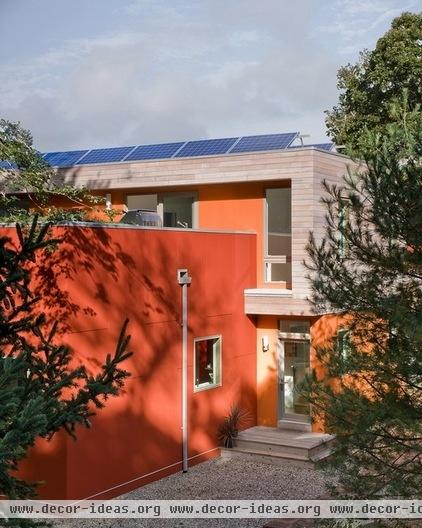
Horowitz offers these words of wisdom to all homeowners considering a more energy-efficient home: “Think about your values and what is important to you,” she says. “Is it operational cost? Reduction or elimination of fossil fuel usage? Energy independence? Carbon footprint? Identify your goals in order to make sure the architect is tailoring to your particular values.”
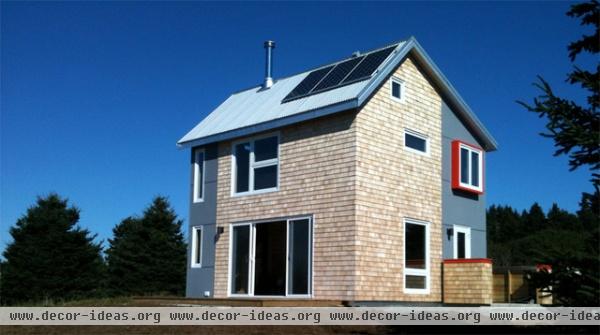
3. Generating Your Own Power
If you don’t connect to a municipal power grid, you’ll need to supply your own power. In a typical home, the average U.S. family uses 10,000 kilowatt-hours a year. Check your electric bill to see how many kilowatt-hours you are currently using, then work with your architect to determine how your lifestyle will change off the grid, and what this will mean in terms of power generation needs.
Everyday electric appliances add up: hair dryers, straighteners, irons, dehumidifiers. “Some people don’t consider how much they are tied to the grid,” says Corson. “People with health issues needing electrical appliance support — like an oxygen tank and pump, a CPAP machine or monitors — should confirm backup power supply.”
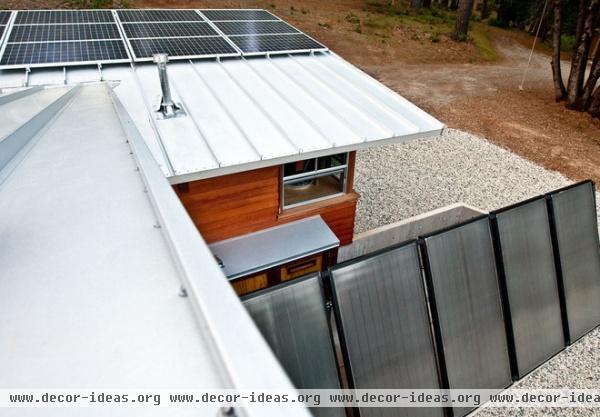
Will you have a solar array or rely on wind or geothermal energy? Photovoltaic panels on the roof here harvest electricity, which is then stored in batteries, powering the home’s well pump and other features.
No matter what source you choose, backup power is key. If, for example, you are using solar energy as your primary source, what happens when the sun decides to take a hiatus for a few days? Some off-gridders have a natural gas, gasoline or biodiesel backup generator for emergency situations. (Biodiesel is good for those who want to avoid fossil fuels altogether.)
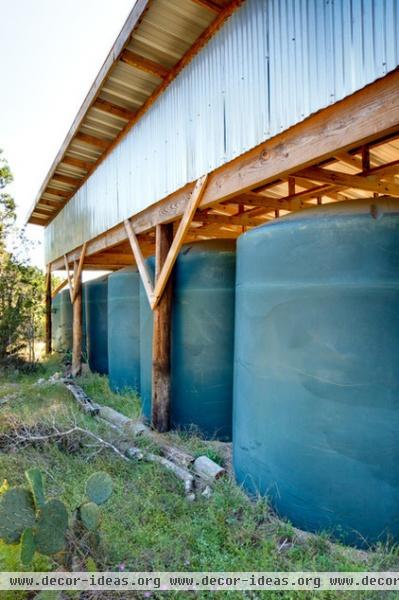
4. Water Collection
When living off-grid, a renewable water supply is essential. A private drilled well is common. Using water from a nearby lake or stream is another option. Once you identify your water source, the next step is determining how it will get from the source to your home. A pump and filtration system will require energy to run.
Holding tanks will be necessary to store water collected for on-demand use. The tanks shown here contain the home’s sole water source. Rainwater is channeled via a PVC pipe from the roof.
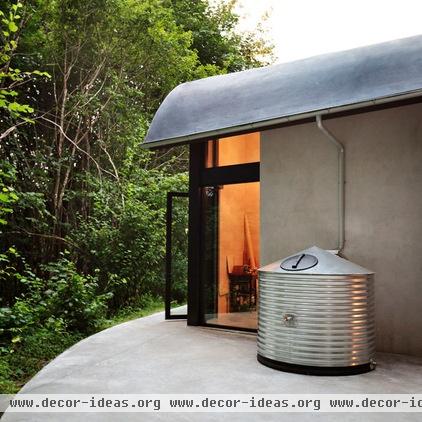
Rain barrels can supplement water provided by a well. This greywater is most appropriate for landscaping needs. Water conservation fixtures and xeriscaping can help reduce the overall need for water and the demand on the water collection system.
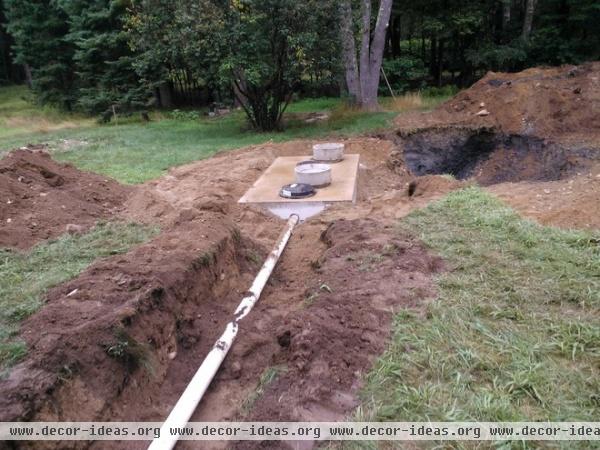
5. Waste Disposal
Even if you find yourself building a home in a remote area without building codes, there will most likely still be sewage regulations dictating the disposal of waste in a safe manner. Government entities like the Environmental Protection Agency and health departments regulate safe waste disposal.
The best way to live without the grid’s sewer system? Installing your own septic and drain field system. This will return all of your waste to the ground, where it will be absorbed as nutrients. It takes space to install, yet once it’s in place, it will get covered up and function out of sight.
Another option to consider is a composting toilet. Maintenance is required for both of these systems to keep them functioning.
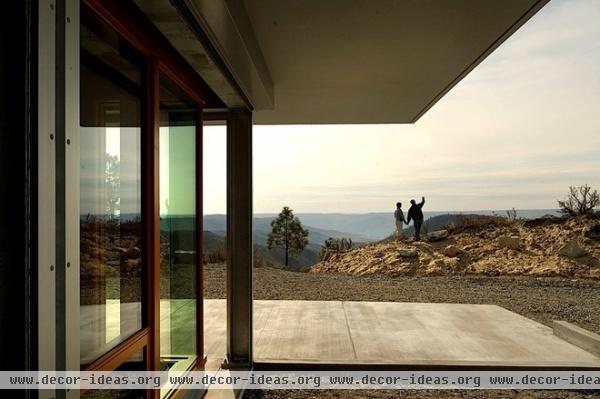
How does it sound so far? If off-grid living seems unrealistic, consider that 1.7 billion people around the world are currently living this way — mainly due to not having a reliable grid to connect to.
If this ideabook has sparked your interest, continue with us on the journey as we dive deeper into life off the grid in future ideabooks.
Coming next: Siting the Home and Designing the Building Envelope
More:
California Cabin Ditches the Power Grid
Going Completely Off the Grid in Nova Scotia












